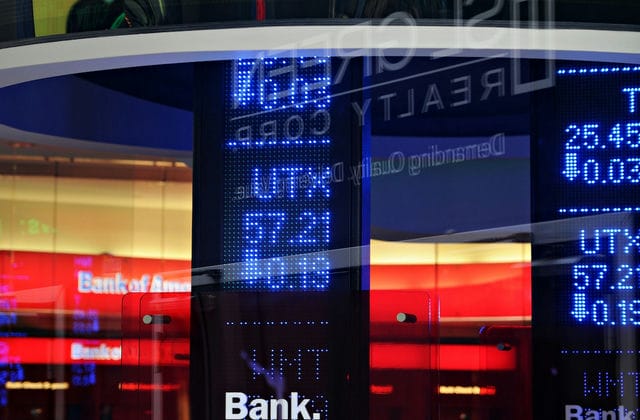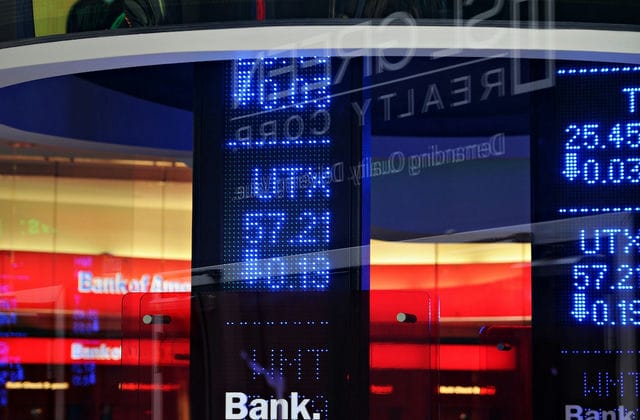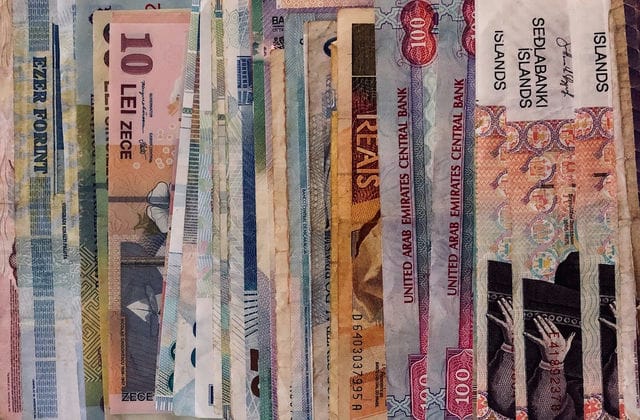There are currently three main types of gold price in the world: the market price, the production price and the quasi-official price. All other types of gold prices are derived from them.
I. Market prices. Market prices include spot and futures prices. These two prices are both related and different. These two prices are subject to supply and demand and other factors of constraints and interference, change, and price determination mechanism is very complex. In general, spot and futures prices are influenced by similar factors, so the direction and magnitude of changes in both are essentially the same. However, due to the convergence of market movements, the basis difference (i.e., the difference between the spot price of gold and the futures price) of gold will continue to decrease as the futures delivery period approaches, and by the end of the delivery period, the futures price and the traded spot price will be roughly equal. In theory, the futures price should be a stable reflection of the spot price plus the cost of holding for a given delivery period. Therefore, the futures price for gold should be higher than the spot price and the futures price for the forward period should be higher than the futures price for the near future, with a negative basis spread. However, the factors that determine the spot price and futures price are complex, such as: the near and long term supply of gold, including the size of annual gold production, the selling of gold reserves by central banks, etc.; the market demand for gold, which in turn includes changes in the actual demand for gold (jewelry industry, industry, etc.), gold recycling and reuse, etc.; the stability of the world and national political situations, the level of inflation, interest rates and some The sudden events are the main factors that affect the psychology of investors, and then affect the trend of gold prices; speculators use gold price fluctuations, sudden events to speculate, plus all kinds of hedge funds into the market to make waves, artificially create the illusion of supply and demand. All of this may make the world gold market on the supply and demand of gold imbalance, appear spot and futures price relationship distortion phenomenon, at this time, because of the gold supply exceeds demand, the cost of holding futures cannot be compensated, and even form the basis difference for the positive value of the situation, resulting in the spot price is higher than the futures price, the recent futures price is higher than the phenomenon of the forward futures price.

The gold market around the world has been linked into a continuous whole, trading 24 hours a day. As a result of the above-mentioned various factors, the world market gold prices often dramatic changes. Only the medium and long-term average price, because it and a variety of speculative factors, is a more objective reflection of gold by the impact of supply and demand market prices. For example: in the international monetary fund in 1976-1980 45 times in the gold auction, to achieve the average price of $ 228.56 / ounce, the price is very close to the London gold pricing market in the same period of average.
2, The production price. The production price is based on the cost of production to establish an apparently stable price basis fixed above the market price. At current exchange rates, the average total cost of gold mining is estimated to be slightly less than US$260 per ounce (in 1986, the cost of gold production in South Africa was approximately US$258 per ounce). In fact, as technology advances, the cost of finding, mining and refining gold has been decreasing and the cost of gold has been on a downward trend. The world gold association's statistics show that the world is currently about 2600 tons of new gold every year, and the annual demand for gold are greater than the amount of mining 300 tons ~ 500 tons. But because since 1996 the central banks of the countries of the large-scale gold dumping behavior, the international market gold prices from 418 U.S. dollars / ounce all the way down, and even down to 257.60 U.S. dollars / ounce, below a certain period of gold production costs, making the major gold producing countries suffered huge losses.

3, The quasi-official price. This is used by the central bank to carry out activities related to the official gold and a price. In the quasi-official price, and divided into collateral price and bookkeeping price. The total official reserves of the world's central banks (national central banks are often the largest holders of gold in each country) were approximately 34,000 tons in 1998. On the basis of current production capacity, this is equivalent to 13 years of world gold mine production and represents 24.7% of the total mined gold stock of 137,400 tons, which is an important reason for determining the quasi-official gold price.
1. The collateral price. This is Italy in 1974 to achieve borrowing from the Federal Republic of Germany, with their own gold as collateral and generated. The determination of the collateral price has important significance in the modern history of gold. On the one hand in line with the International Monetary Fund of each ounce of gold equal to 35 special drawing rights, on the other hand and to meet the need to hold gold central banks do not freeze gold. In fact, this price is a combination of the United States' demand that gold not be "remonetized" and Europe's prudent demand that gold be "demonetized". When borrowing, gold is pledged as collateral and the gold is priced at the market price, with a discount to preserve the value of the gold price to a certain extent, as a large amount of gold is pledged. If the price of gold falls, the interest rate for the borrowing period will have to be higher than LIBOR.

2. Book-entry price. It was introduced after the break-up of the Bretton Woods system in August 1971. Due to the strong attraction of the market price, in the case of a huge difference between the market price and the official price, countries, because of their official gold reserve pricing needs, have increased their respective official gold prices, and thus a quasi-official book-entry price for determining the official reserves was created. In operation there are three main methods: (l) according to different discount standards (to the net market price or up to 30% discount) with the market price link, according to different basis with different adjustment period to determine the gold price (divided into 3 months of the average. End-of-month averages, etc.). (2) The purchase price is used as the basis for pricing. (3) some countries to determine the historical official price, such as the United States in March 1973 set 42.22 U.S. dollars / ounce, some countries according to the 1969 International Monetary Fund 35 U.S. dollars / ounce to determine. Quasi-official price in the world of gold trading has become a more important gold price.





























